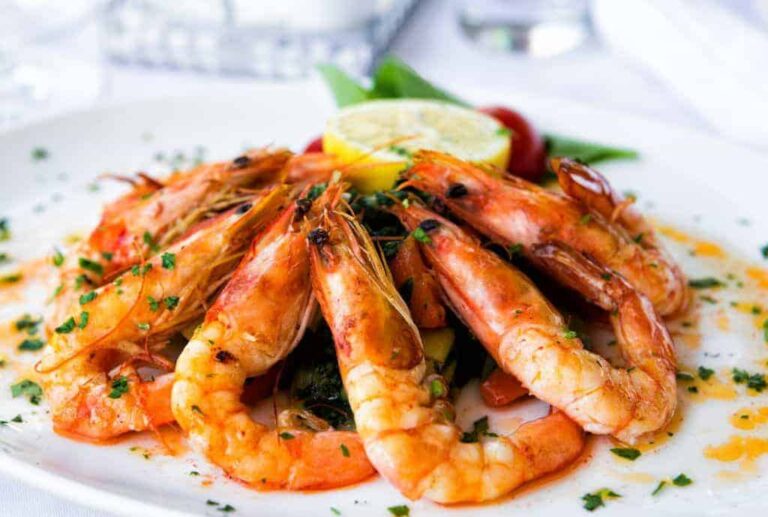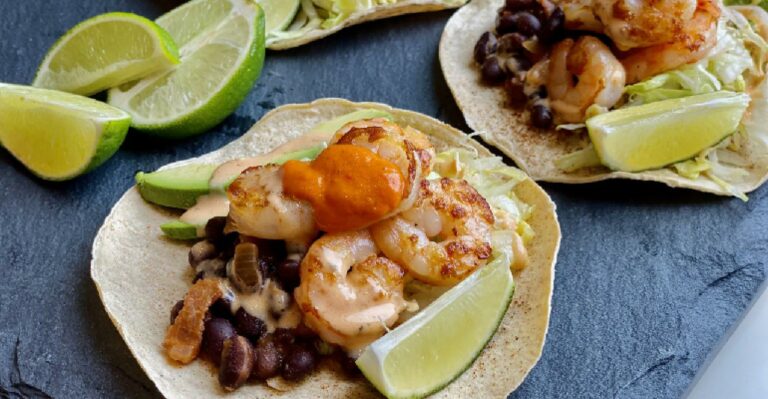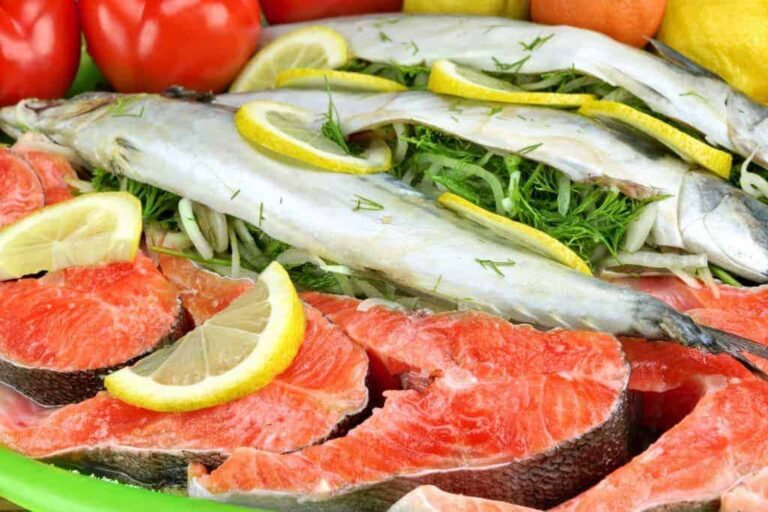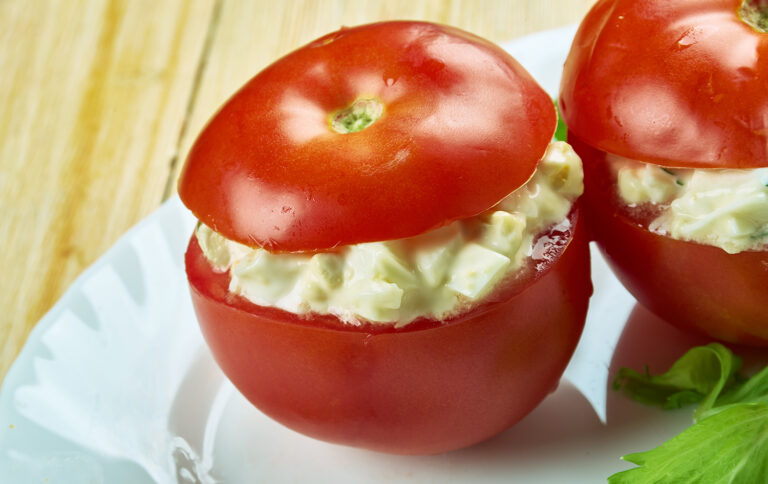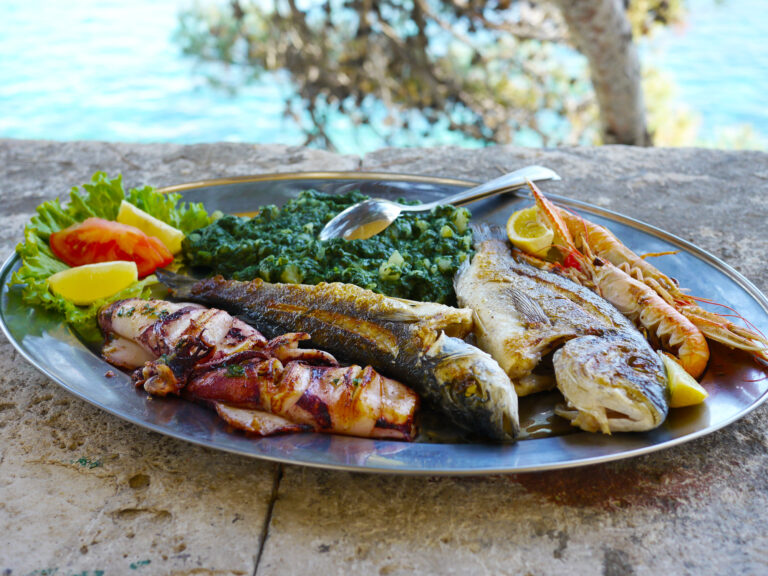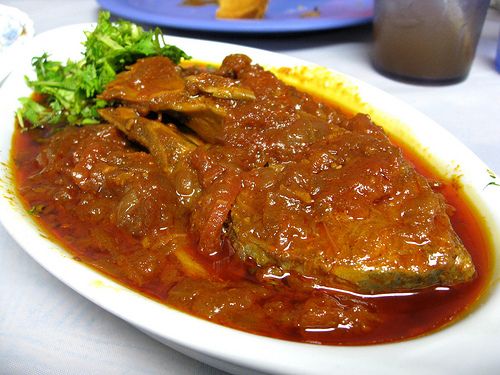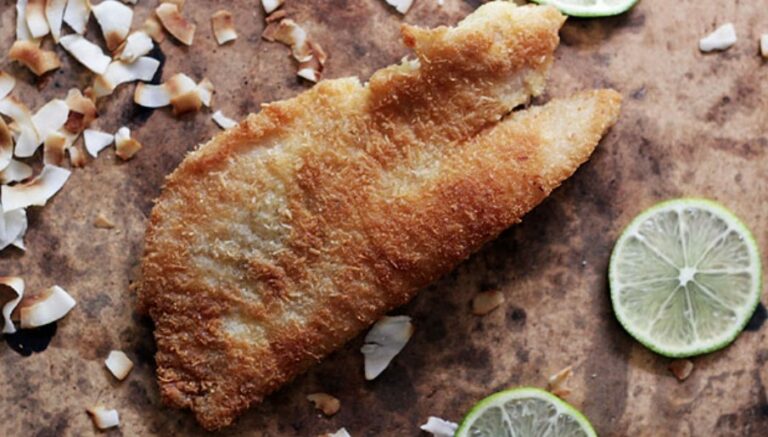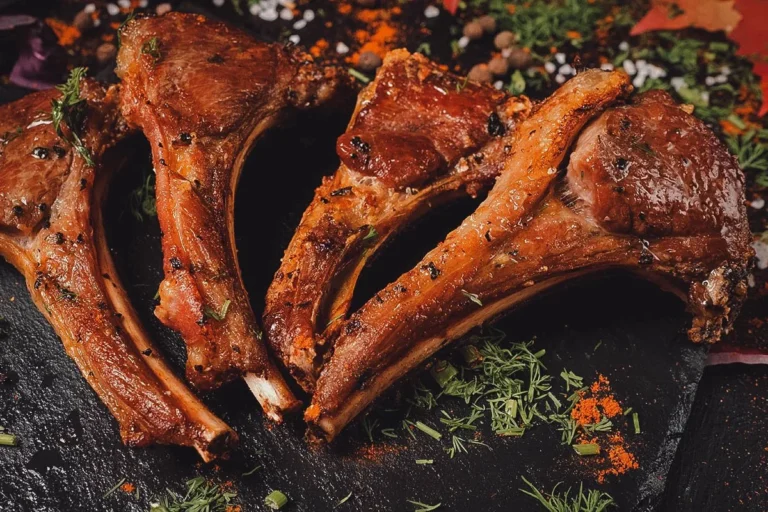Introduction: Marshall Islands and its cuisine
The Marshall Islands is a small island nation located in the Central Pacific Ocean. It is renowned for its unique culture and cuisine, which is heavily influenced by its location and history. The Marshall Islands cuisine is a fusion of traditional and modern cooking techniques, using locally grown and harvested ingredients. The cuisine is characterized by its rich flavors and use of seafood, which is considered a significant part of the country’s culinary heritage.
Overview of Marshall Island seafood
The Marshall Islands is surrounded by the Pacific Ocean, which provides an abundance of seafood for the local population. The most commonly consumed seafood in the Marshall Islands includes fish, crab, lobster, octopus, and clams. The fish caught in the waters surrounding the Marshall Islands are diverse and include tuna, mahi-mahi, barracuda, and wahoo. These fish are usually grilled, pan-fried or steamed, and served with rice and vegetables.
Traditional ways of fishing in Marshall Islands
The Marshall Islands has a rich history of traditional fishing methods, which have been passed down from generation to generation. The most common traditional fishing method used in the Marshall Islands is the use of nets, spears, and traps. The fishing nets are made from a variety of materials, including coconut fibers, pandanus leaves, and nylon. The spears and traps are made from bamboo and coconut wood.
Popular seafood dishes in Marshall Islands
One of the most popular seafood dishes in the Marshall Islands is poke, which is a raw fish salad made with diced tuna or other fish, mixed with onions, peppers, coconut milk, and other seasonings. Another popular dish is grilled fish marinated in soy sauce and lime juice, which is served with rice and vegetables. Lobster and crab are usually boiled and served with butter or a spicy sauce. Octopus is usually grilled and served with coconut milk and vegetables.
Cultural significance of seafood in Marshall Islands
Seafood is an integral part of the Marshall Islands’ culture and is often served during important events and celebrations. It represents the country’s connection to the ocean and its history as a seafaring nation. Fishermen are highly respected in the Marshall Islands and are considered important members of the community. The traditional fishing methods used in the Marshall Islands have been passed down from generation to generation and are an essential part of the country’s cultural heritage.
Conclusion: The importance of seafood in Marshall Islands cuisine
In conclusion, seafood is a significant part of the Marshall Islands cuisine and culture. The abundance of seafood in the Pacific Ocean surrounding the Marshall Islands has influenced the country’s cuisine and traditional fishing methods. The cultural significance of seafood is reflected in the country’s customs and celebrations, where it is often served as a symbol of the country’s connection to the ocean. The Marshall Islands’ cuisine is a testament to the country’s rich history and unique culture, and seafood is an essential component of this culinary heritage.

